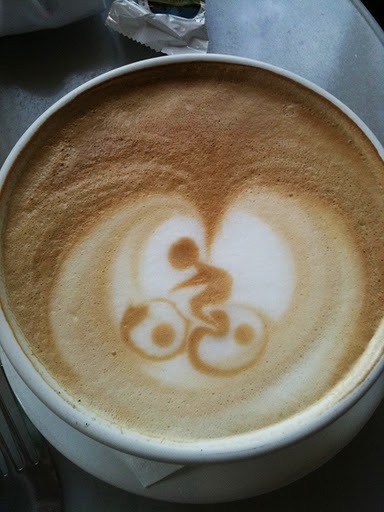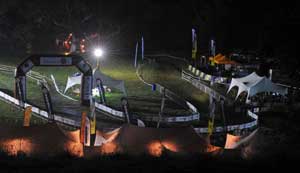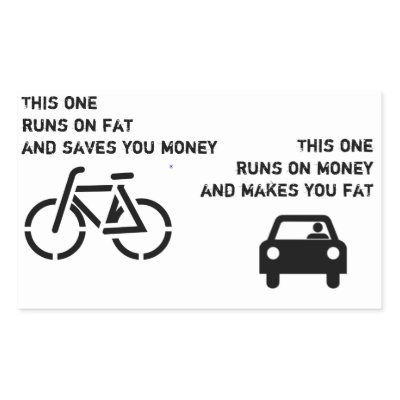It seems that every cyclist I know is in love with the dark, aromatic drink that is Coffee.
What is it that makes us love this bean-based drink so much though?
Is it the caffeine kick that we crave to keep our legs spinning? Or the warming feeling when you are getting ready to brave the elements on a cold winter morning? Or quite simply, is it just tradition and part of a long café culture for the sport?
In this Blog-post I will take a look at the natural stimulant that makes so many of us tick, and try and find out what really makes coffee as valuable as liquid gold for many two-wheeled enthusiasts.
Stimulate the Mind
We cyclists like to see ourselves as a hardy bunch; often rising at the crack of dawn to train, throughout the year. Those brisk winter mornings are often a struggle though, plucking up enough will-power and strength to pull heavy legs from beneath the duvet, and get them turning the crank-arms of a bike. A fresh coffee provides a unique source of motivation; warming from the inside, it stimulates the mind to be alert as you skid round those icy corners by the farmyard, and get out of the saddle on the first climb. After that first coffee you feel that you can make those legs do some work, and that perhaps rising from your comfortable bed was worth the effort. For me, a large coffee before a ride is almost mandatory; as important as any energy drink or bar that I will stuff into my jersey pocket.
Performance Enhancement
Significant research
[Link] has been undertaken into the beneficial effects of caffeine before and during exercise. In general the consensus is that caffeine has an undeniable positive effect on performance, especially in endurance sports of more than 30mins. There has been research that has suggested that benefits may be lost in very hot climates, when the increase in core temperature has an adverse effect. But for most athletes, a coffee is a good pre-ride supplement, along with a bowl of porridge and a banana. As the body becomes more accustom to the effects of caffeine the stimulating benefits begin to depreciate, but the pleasure and psychological gains remain; there are few cyclist that will discourage a coffee pre-ride, and probably even less that will steer clear when offered a steaming espresso mid-ride. Personally, I also like to have a good mug of coffee when I return from a ride - the need to function for the remainder of the day after you have made a substantial effort on the bike in the morning, is a lot more manageable and enjoyable if you can give yourself a stimulating "kick" to keep you going.
Cycling is a Continental sport
Although we British are quite good at cycling, anyone that has been to France, Spain, Italy, the Netherlands or even Belgium will vouch that the real heritage of the sport lies with our continental counterparts. Equally, although many of us Brits love coffee, it was the Dutch traders that first brought the black-bean to our European shores.

Coffee is undeniably European in nature; and so too is the Café Culture that has sprung up around the sport of cycling. Many bike clubs now have a Sunday morning café-run; a chance to rest the legs for a while mid-ride, as you slurp down a few espressos and munch on a slice of good cake. Coffee and cake have become a staple part of a cyclist's diet; two guilty pleasures that help to break-up long rides and provide an excuse for a chat with friends. We can thank our continental cousins for this match made in heaven, for me nothing compares to the pleasure gained from an Espresso and a Tarte aux Pommes in a French Patisserie before you ascend a legendary Col.

I started this post thinking that I might be able to narrow down what it is about Coffee that I love so much, and what makes it part of the oxygen rich blood pumping round many cyclists' veins. But I don't think I can narrow it down; Coffee is quite simply a part of cycling in so many ways.
Just as I aspire to own a top quality racing steed when I am older, or a roomy van that I can throw half-a-dozen bikes in the back; I also aspire to own a real coffee machine. I want to be able to make the perfect brew, and enjoy it before I saddle up and ride out each morning.

Coffee is as important to cycling as chain oil; as embedded in its tradition as a broken-in Brooks saddle; without it, not only would many cyclists not be able to function as well on the bike, we wouldn't gain anywhere near as much pleasure from our sport.
So for that reason, go make yourself a steaming coffee; embrace the tradition, and mull over how many of your special cycling memories are in some way linked to the dark and aromatic drink.







































